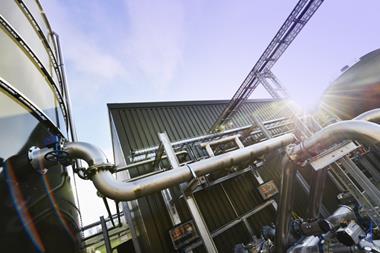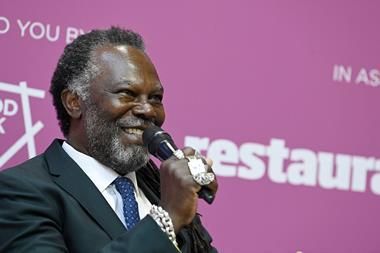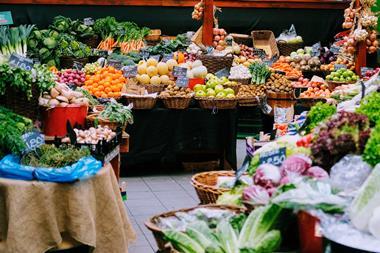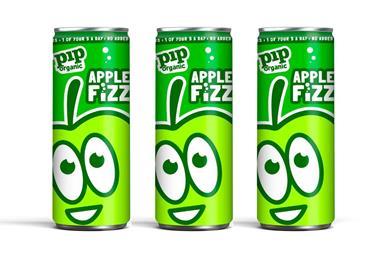
Sainsbury’s has embraced the environmental agenda for years now, but 2013 was a milestone year, hitting a number of significant internal targets.
Removing 24% of the packaging from ready meals, 35% from tea bags and 15% from beef joints means Sainsbury’s has now reduced the packaging used across its entire own-label range by over 26% since 2005.
It has also been swapping glass for PET plastic where possible, reducing the weight of its salad dressing by 90%, saving 224 tonnes of glass annually, and doing the same with ketchup and brown sauce to save 975 tonnes.
Sainsbury’s also continued its work with Oxfam. It refurbished its 100th recycling centre in June, allowing easily accessible recycling for customers looking to clear out clothing, books, CDs and DVDs, resulting in almost 10 million garments and two million books, CDs and DVDs being donated to Oxfam. It plans to have refurbished its 200th recycling centre by the end of 2014.
When it comes to energy, Sainsbury’s has reduced its use of electricity by 11% since 2008, despite growing in size by 31%.
It is also reducing gas consumption by 28% year on year and it has optimised deliveries in order to reduce them from 7,800 a week to 6,400, a reduction of 18%.
It has also cut carbon emissions by 25% and launched the world’s first Co2 refrigerated trailer (complete with a ‘How cool is that?’ strapline across the side).
There simply isn’t space to detail the rest of Sainsbury’s sustainable achievements over the year, but suffice to say they are both legion and evident across every stage of its supply chain.



















No comments yet